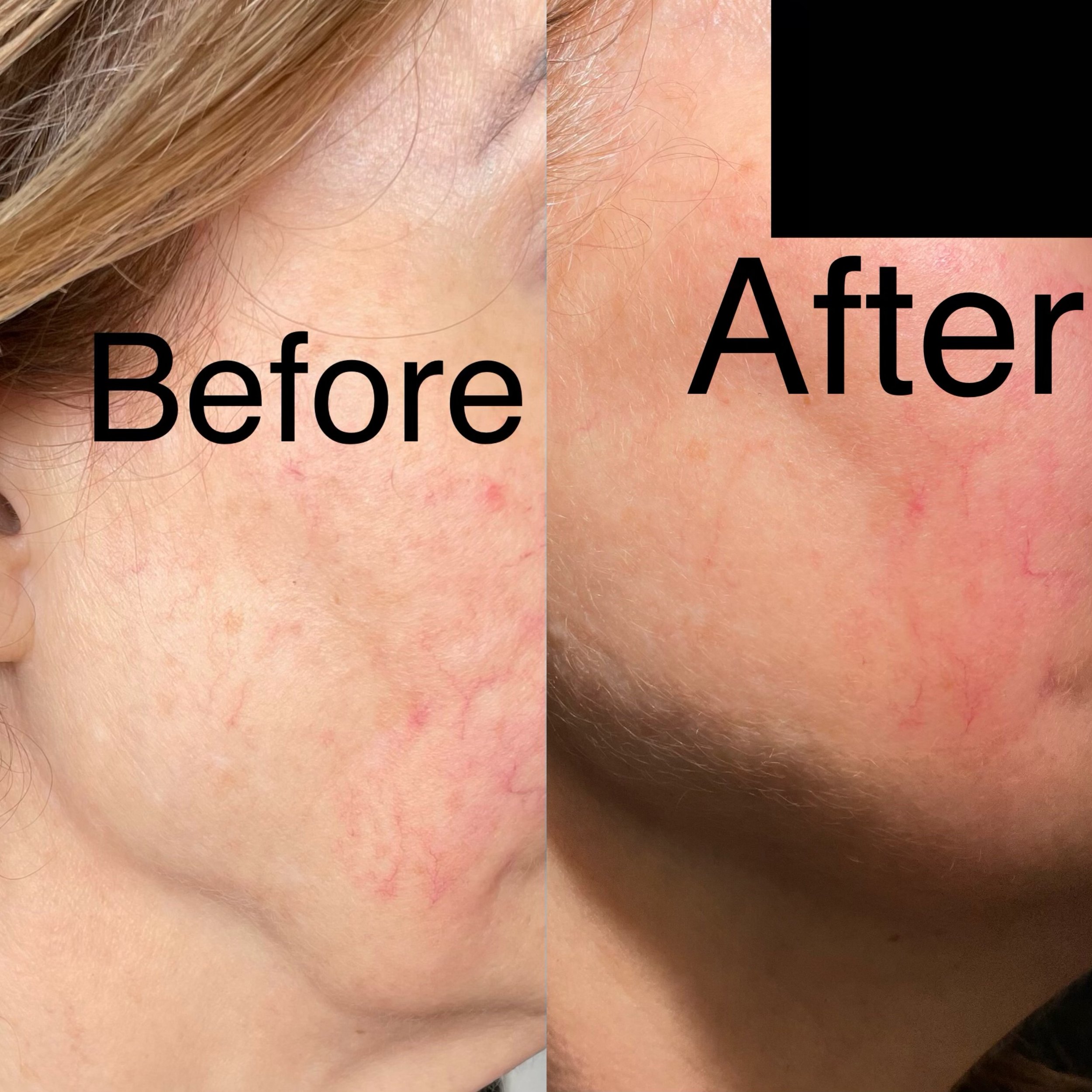So, you've just had your wisdom teeth removed—now what? First off, congratulations on taking this important step towards better oral health! We understand that recovery can feel a bit daunting, but we've got you covered with some essential post-extraction care tips to ensure a smooth healing process.
1. Take It Easy
After your procedure, it's crucial to give yourself plenty of rest. Avoid any strenuous activities for at least the first 24 hours. Resting will help your body focus on healing.
2. Manage Pain
Some discomfort and swelling are normal after wisdom tooth extraction. Take prescribed pain medications as directed by your dentist. Applying an ice pack to the outside of your cheek in intervals can also help reduce swelling and numb the area.
3. Keep It Clean
Gentle care is key. Follow these tips for oral hygiene:
Do not rinse or spit forcefully on the first day.
After the first day, rinse your mouth gently with warm salt water several times a day.
Avoid brushing near the extraction site but continue brushing and flossing your other teeth carefully.
4. Watch Your Diet
Stick to soft foods like yogurt, mashed potatoes, smoothies, and soups for the first few days. Avoid crunchy, chewy, or spicy foods that could irritate the extraction site. As you heal, gradually reintroduce solid foods into your diet.
5. Control Bleeding
Some oozing of blood is normal. If bleeding persists, bite down gently on a clean gauze pad placed over the extraction site for about 30 minutes. Avoid excessive spitting, which can prolong bleeding.
6. Say No to Straws
Avoid using straws for drinking during your recovery period. The sucking motion can dislodge the blood clot that forms in the extraction site, leading to a painful condition called dry socket.
7. Follow Up
Attend any scheduled follow-up appointments with your dentist or oral surgeon. They will monitor your healing progress and address any concerns you may have.
8. Stay Hydrated
Drink plenty of fluids to stay hydrated.
9. Watch for Warning Signs
Contact your dentist if you experience severe pain, excessive bleeding, fever, or any other unusual symptoms.
Remember, every individual's recovery process is unique. If you have any questions or concerns, don't hesitate to reach out to your dental care provider.
By following these post-wisdom teeth extraction care instructions diligently, you'll be on your way to a speedy recovery and back to enjoying your favorite foods in no time!
For more dental tips and insights, feel free to browse our blog or contact our friendly team at Pain Free Dentist Sydney. Your smile is our priority!





